Laundry experts reveal 7 unexpected washing rules you can throw out the window – from separating fabrics to mixing whites and colors
Forget everything you thought you knew


The world of laundry is peppered with strict do's and don'ts to protect your garments and prevent fabric damage, pilling and discoloration.
But, according to laundry experts, not every laundry rule needs to be enforced so rigidly. In fact, even the most recognized rules, like separating lights and darks, can be waived in certain circumstances. It's all about knowing when, and how to safely do which.
Here, our pros share their laundry tips on when it's OK to throw out the rulebook.
7 laundry rules you can actually break
1. Never mixing whites with colors
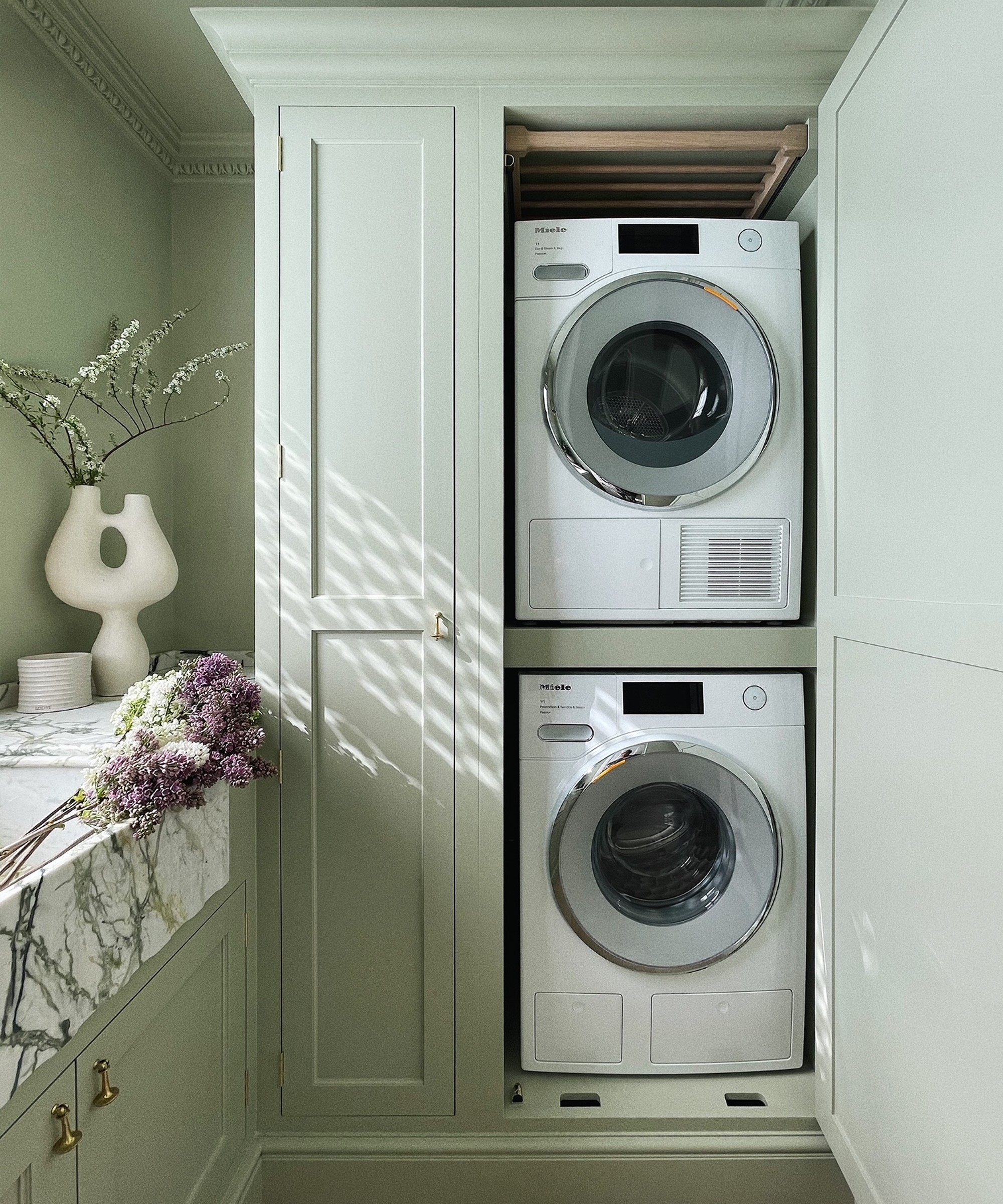
One of the first cleaning rules we learn is how to sort clothes for laundry, keeping whites, colors and darks separate at all costs. But, as Alicia Sokolowski, green cleaning specialist and president & co-CEO of AspenClean, says, this doesn't always ring true in the modern laundry world of today.
She explains, 'Nowadays, many detergents are designed to prevent color bleeding, especially when washing clothes with cold water. On top of that, clothing and its fabrics today are often colorfast, and do not bleed colors as easily.'
That being said, Alicia still recommends avoiding mixing brand-new dark clothes with whites on the first few washes, which is a big mistake to avoid when washing whites. Afterwards, though, she suggests it's safe to do so, and advises washing everything in cold water with a color-safe detergent.
'We recommend a combination of AspenClean Natural Laundry Detergent Unscented, and Unscented Oxygen Bleach Powder and Color Safe Stain Remover by AspenClean, both available at Amazon, that is not only color safe, but also helps to boost the colors,' she adds.
All prices correct at time of publication.
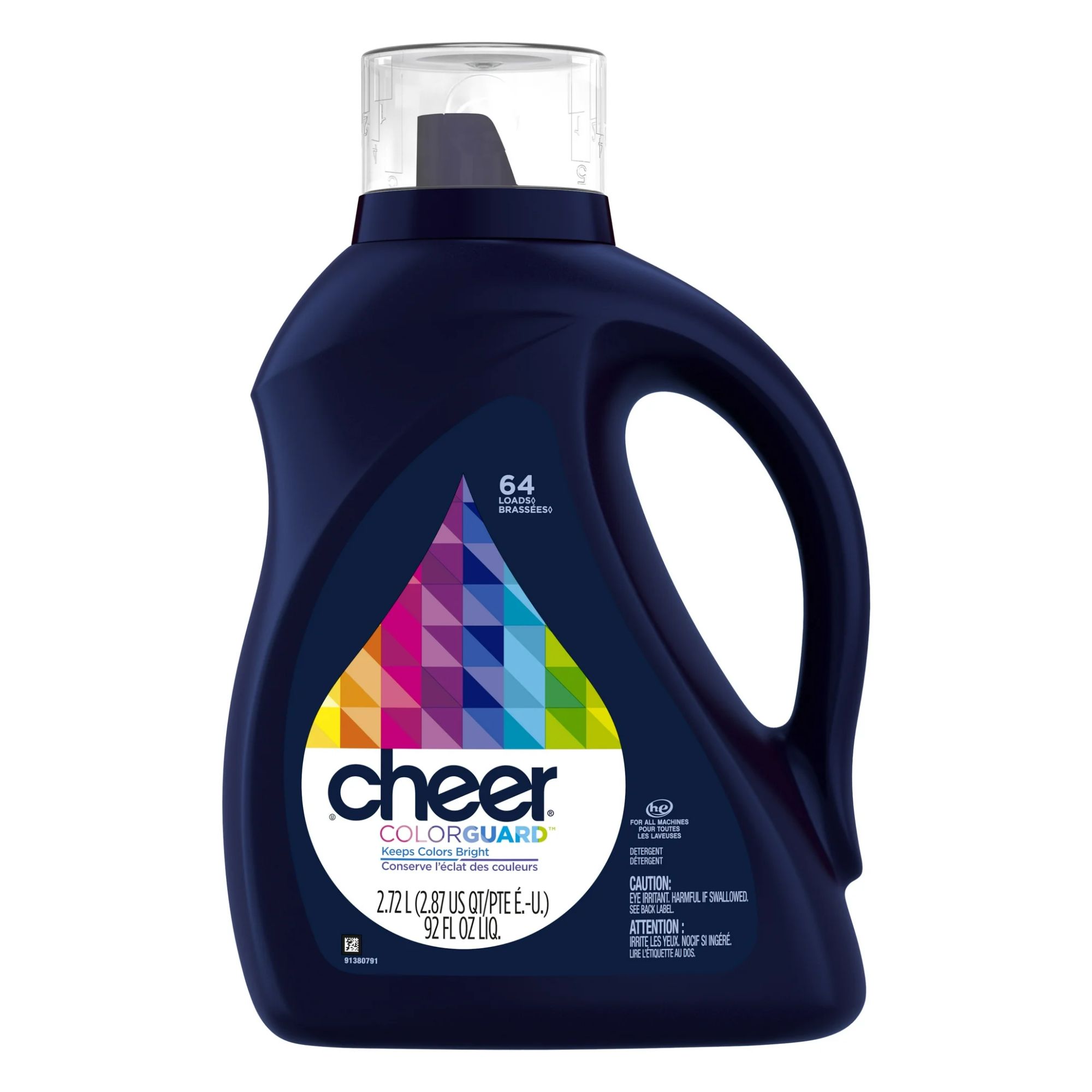
With a fresh, clean scent, this laundry detergent fights fading and pilling, even on brightly colored clothing, formulated for use in all machines.
2. Always separating fabrics
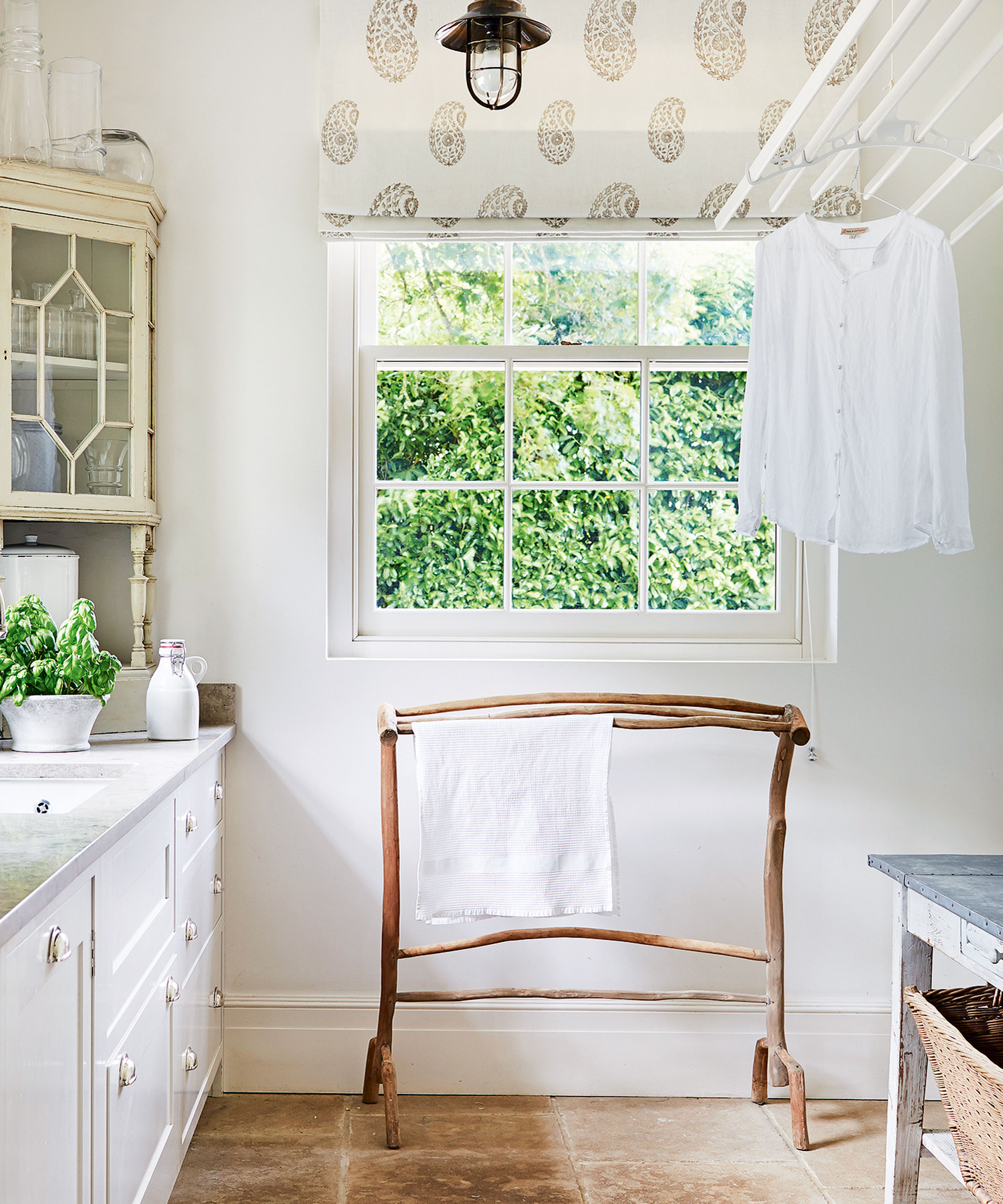
We don't recommend grabbing all your clothing and shoving everything from jeans to silk blouses in the washing machine together, but, Rechelle Balanzat, founder and CEO of Juliette says, there are circumstances when this rule can be broken.
She advises, 'While delicate fabrics should be washed separately, everyday cottons, linens, and synthetics can often be washed together, if they require the same water temperature and detergent.'
That means your next look could have some pillow cases, towels, and sweaters in together. If you're worried about a more delicate item, pop it in a mesh laundry bag, available from Walmart, to stop it snagging on anything else in the same load.
Always check the laundry symbols before popping any mixed fabrics in your machine, as there are still things you should never wash together, like hardware with delicates, and bedding with towels.
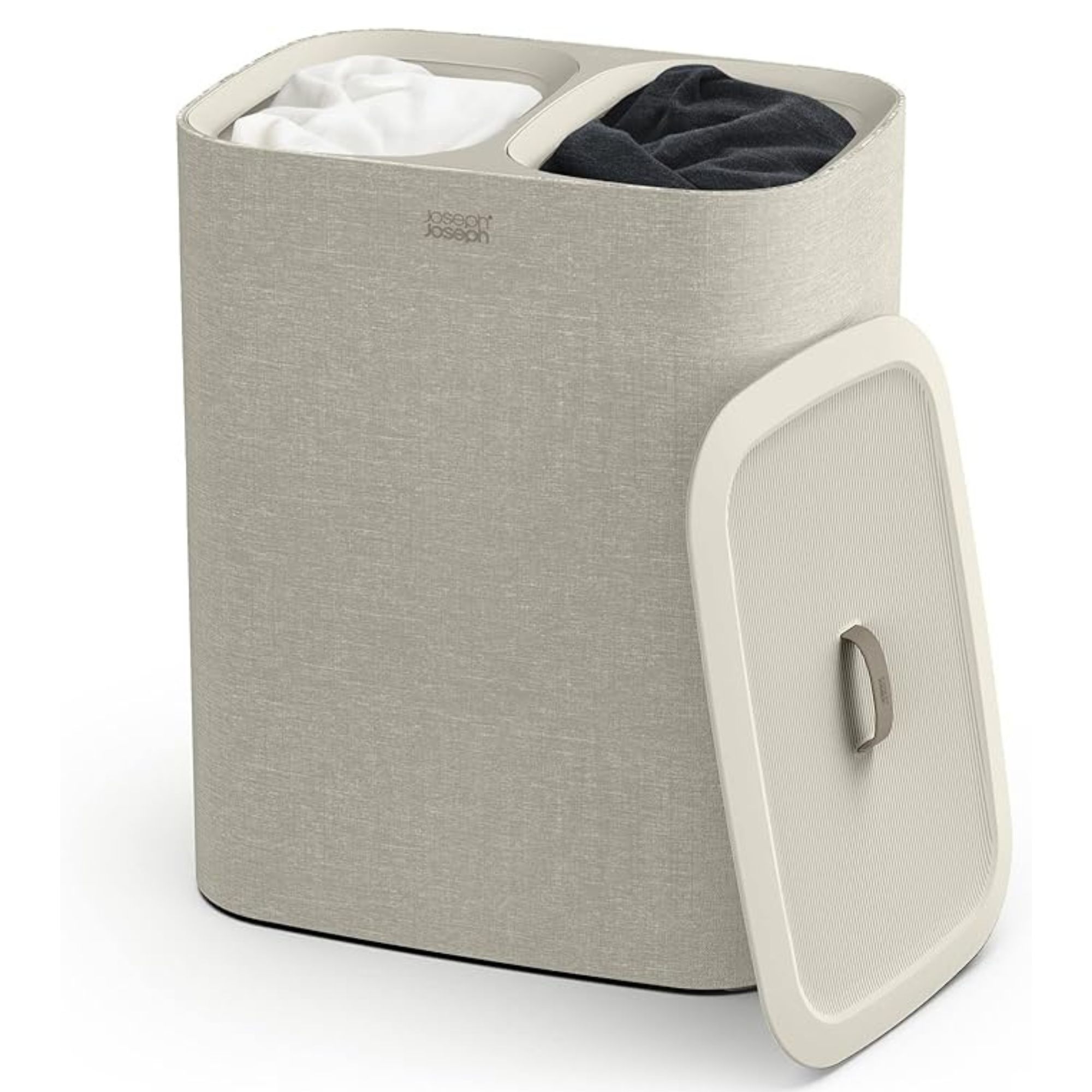
Punteha van Terheyden, head of Solved, previously struggled to sort laundry, but says this Joseph Joseph organizer made it painless. There's a bigger 90 liter version too with three compartments that works for bigger households.
3. Washing jeans after every wear

Knowing how to wash jeans and other denim items is crucial for maintaining the look and feel of this ever popular fabric, but, Karina Toner, cleaning expert and operations manager at Spekless, warns, these may be among the things you are washing too frequently.
She says, 'Denim holds up better with fewer washes. Instead, spot clean and air out jeans between washes to maintain their shape and longevity.'
A targeted stain remover, such as the Tide Pen Stain Remover for Clothes available at Amazon, is a real hero when it comes to removing stains without fuss between washes, with a bleach-free formula that won't damage your denim.
4. Always washing in cold water
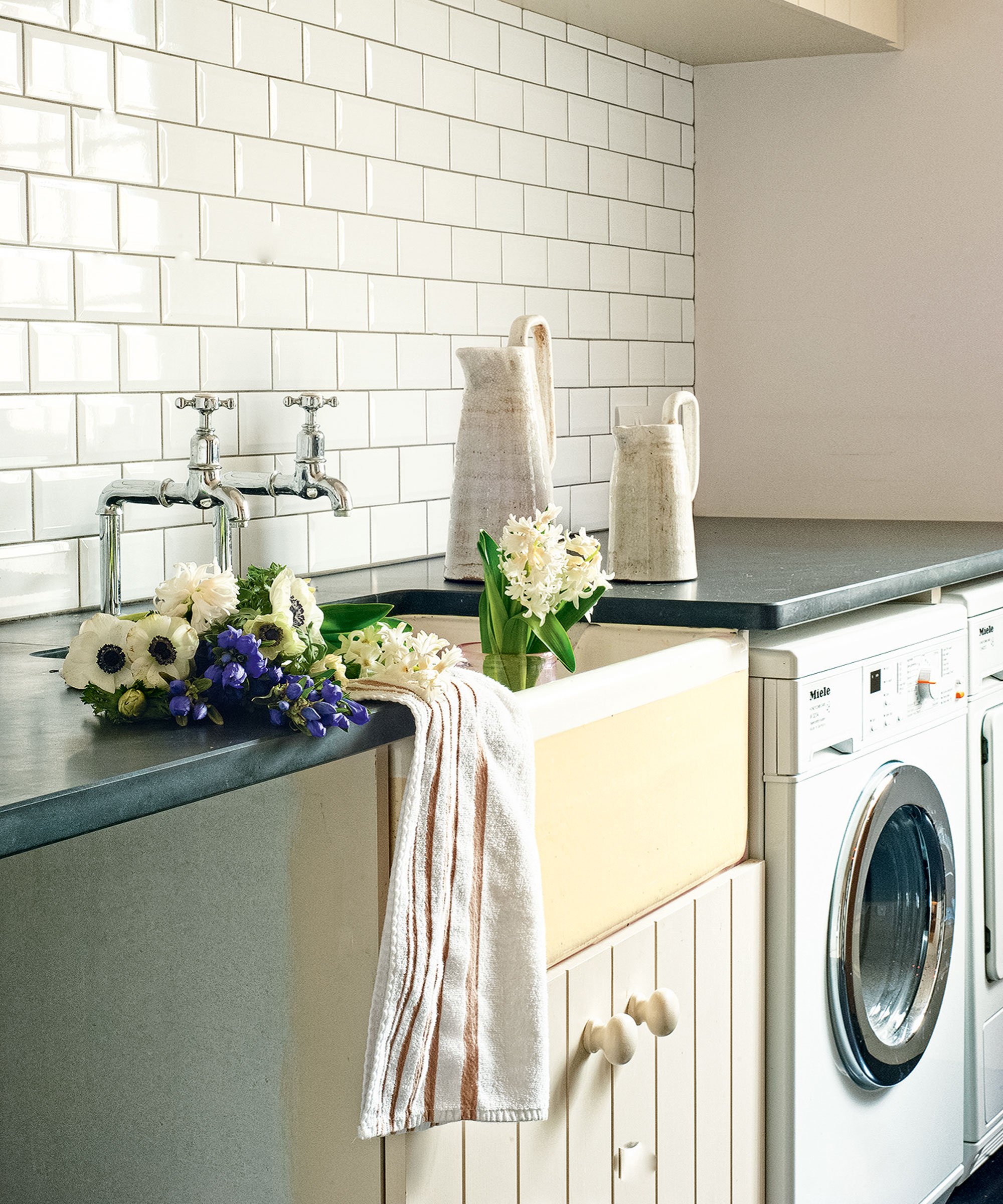
Washing items in cold water is often recommended to protect fabrics and help to save energy when doing laundry, but there are some items you should always wash in hot water where this rule doesn't apply.
Laundry expert Rechelle explains, 'Cold water is great for most loads, but warm or hot water can be more effective for removing tough stains, oils, and bacteria – especially for washing towels, bedding, and activewear.'
Of course, there are items you should never wash in hot water, too, and some items that are only suitable for hand-washing, which is why it's so important to check the care label on every item before selecting your washing machine settings, and ensuring you never use the wrong amount of detergent.
Our guide for hand-washing clothes makes tackling delicates a breeze, and should save you a trip to the dry cleaners.
5. Always using fabric softener
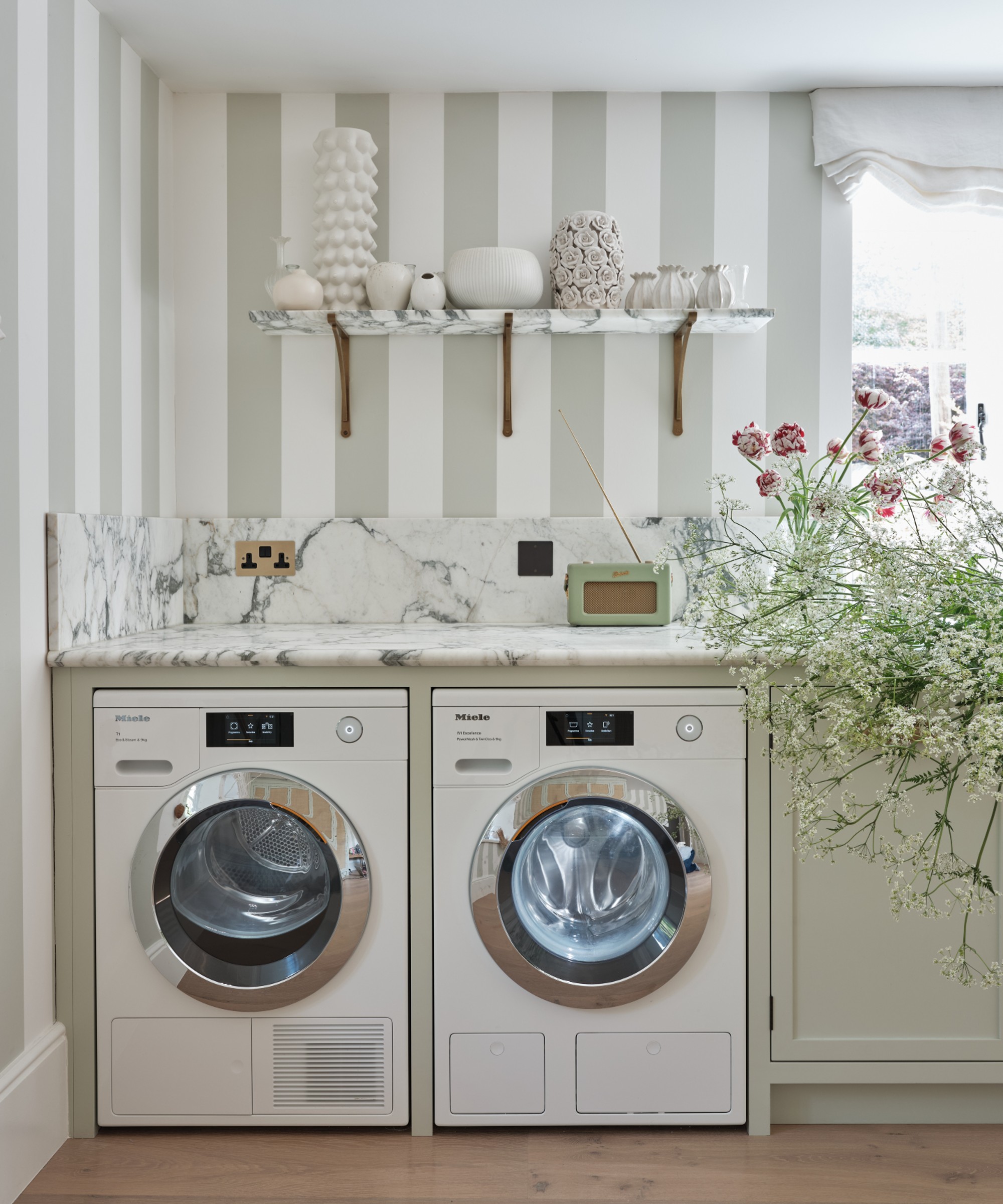
If you think fabric softener is the key to soft fabrics – think again. In fact, there are plenty of times you should never use fabric softener in laundry.
Laundry expert Rechelle advises, 'Fabric softeners can actually build up over time, making towels less absorbent,' with green cleaning expert Alicia adding that 'they often contain unnecessary chemicals.'
Instead, as you certainly shouldn't use fabric softener on towels, wash towels with vinegar, such as the Great Value Distilled White Vinegar available at Walmart, for an eco-friendly alternative that restores that 'just bought' feel without compromising on cost or softness.
And, if you do still want to use it, knowing how to use fabric softener in laundry is key.
6. Filling your washer to the top

You might think that filling your washer all the way to the top is an effective way to cut energy bills and save money at home with less loads and detergent used. But, actually, green cleaning expert Alicia says the opposite is true, and this 'money-saving' laundry rule is one you can, and should, definitely break.
'Overloading can prevent your clothes from getting fully clean, no matter how efficient your detergent is,' she says, which is why it's a definite washing machine mistake to swerve. Instead, to avoid this bad laundry habit that's ruining your laundry and your washing machine, always only fill your washer about three quarters full.
'This allows water and detergent to circulate properly, giving you a better clean,' Alicia adds, and should save you any costly repairs in the future.
7. Assuming high heat is best for drying
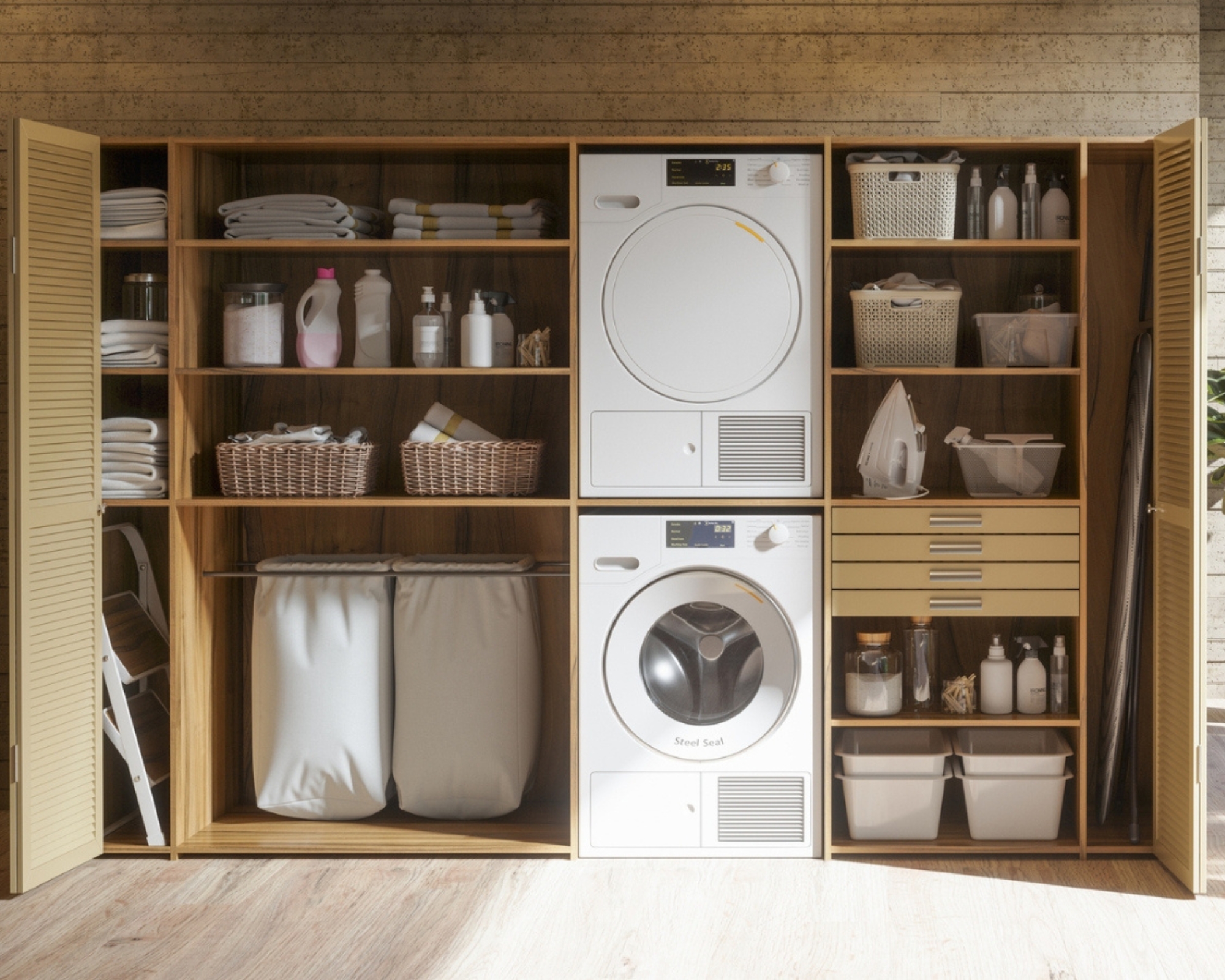
Using a high tumble dryer temperature might speed things up, says laundry expert Rechelle, but it also risks shrinkage, and can damage elastic, which might become a nuisance with bed sheets pinging off the mattress.
'Many fabrics dry just as efficiently on medium heat – or even air-dry – without the risk,' she explains.
Really, the best way to avoid tumble dryer mistakes is to skip using one altogether, instead making the most of the benefits of air-drying laundry, either drying clothes indoors or outdoors, with a washing line or clothes horse, such as the affordable Amazon Basics Foldable Portable Laundry Drying Rack for Air Drying Clothing available at Amazon.
But, if you need to dry clothes quickly, spin clothes in your washing machine, to get as much water out as possible, before popping them into your tumble dryer and selecting a low or medium heat setting.
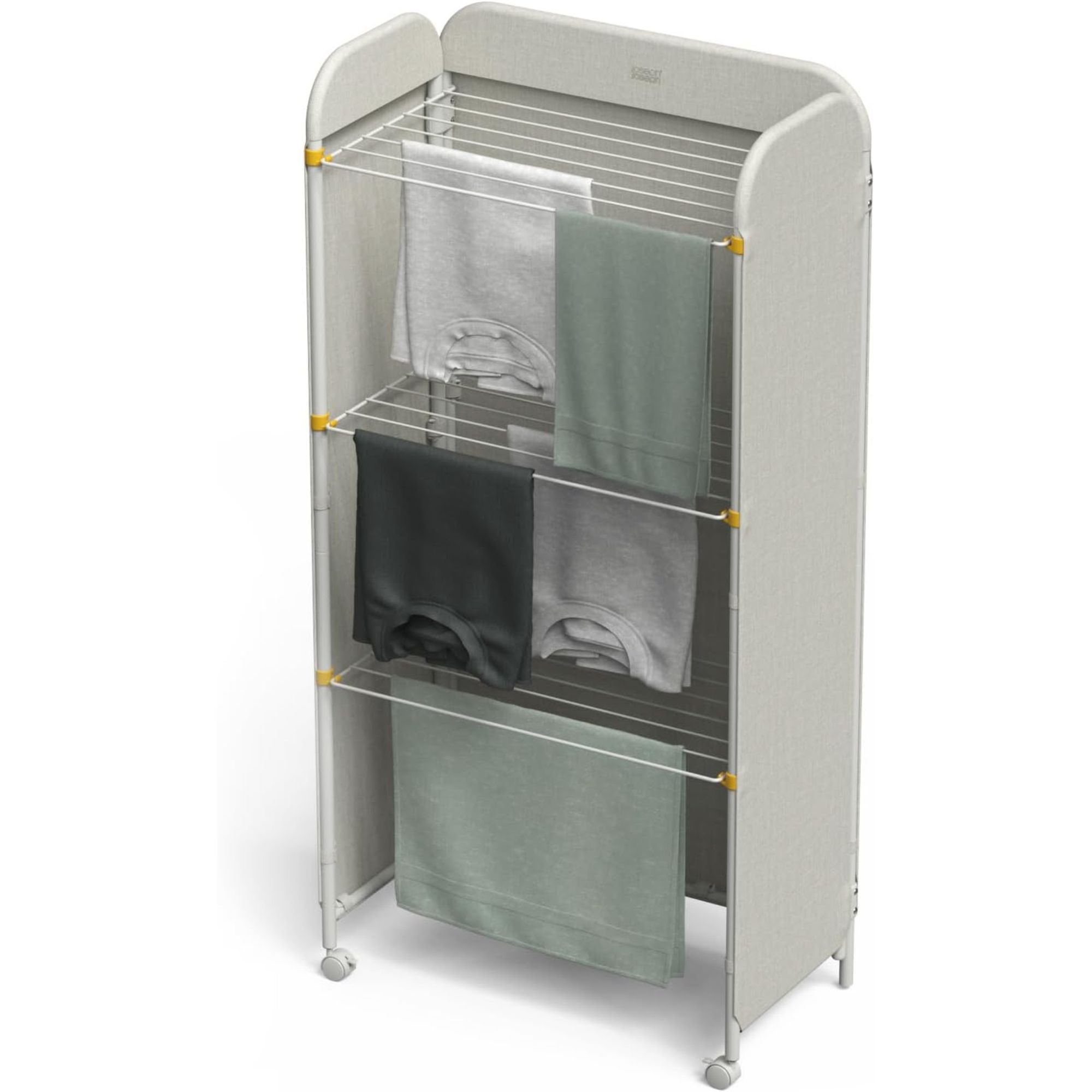
With a 14 meter drying capacity, and lockable wheels for easy portability, this Joseph Joseph Eclipse indoor clothes airer is perfect for tiny spaces.
It's not just laundry that allows for a little slippage in the rules. There are also five cleaning rules you can actually break, from loading the dishwasher to sticking to a strict schedule.
Sign up to the Homes & Gardens newsletter
Design expertise in your inbox – from inspiring decorating ideas and beautiful celebrity homes to practical gardening advice and shopping round-ups.

Ottilie joined Homes & Gardens last year, after finishing a Master's in Magazine Journalism at City, University of London. With previous contributions in Livingetc and Motorsport Magazine, she produces content for the Solved section on the website, focusing on clever tips and tricks to keep your home beautiful, organized and clean. She also has an undergraduate degree in English Literature and History of Art from the University of Edinburgh, where she developed a love for inspiring interiors and architecture.
You must confirm your public display name before commenting
Please logout and then login again, you will then be prompted to enter your display name.
-
 This once-dated kitchen is now a timeless space with the coziest details – and its the classic color palette that's made it a chic, welcoming space
This once-dated kitchen is now a timeless space with the coziest details – and its the classic color palette that's made it a chic, welcoming spaceWarming colors and natural materials combine to create this enduringly classic kitchen scheme
By Molly Malsom Published
-
 How to grow crepe myrtle in pots – and transform even the smallest of yards with dazzling flowers this summer
How to grow crepe myrtle in pots – and transform even the smallest of yards with dazzling flowers this summerGrowing crepe myrtles in pots will inject splashes of brilliant color into your outside space
By Thomas Rutter Published
-
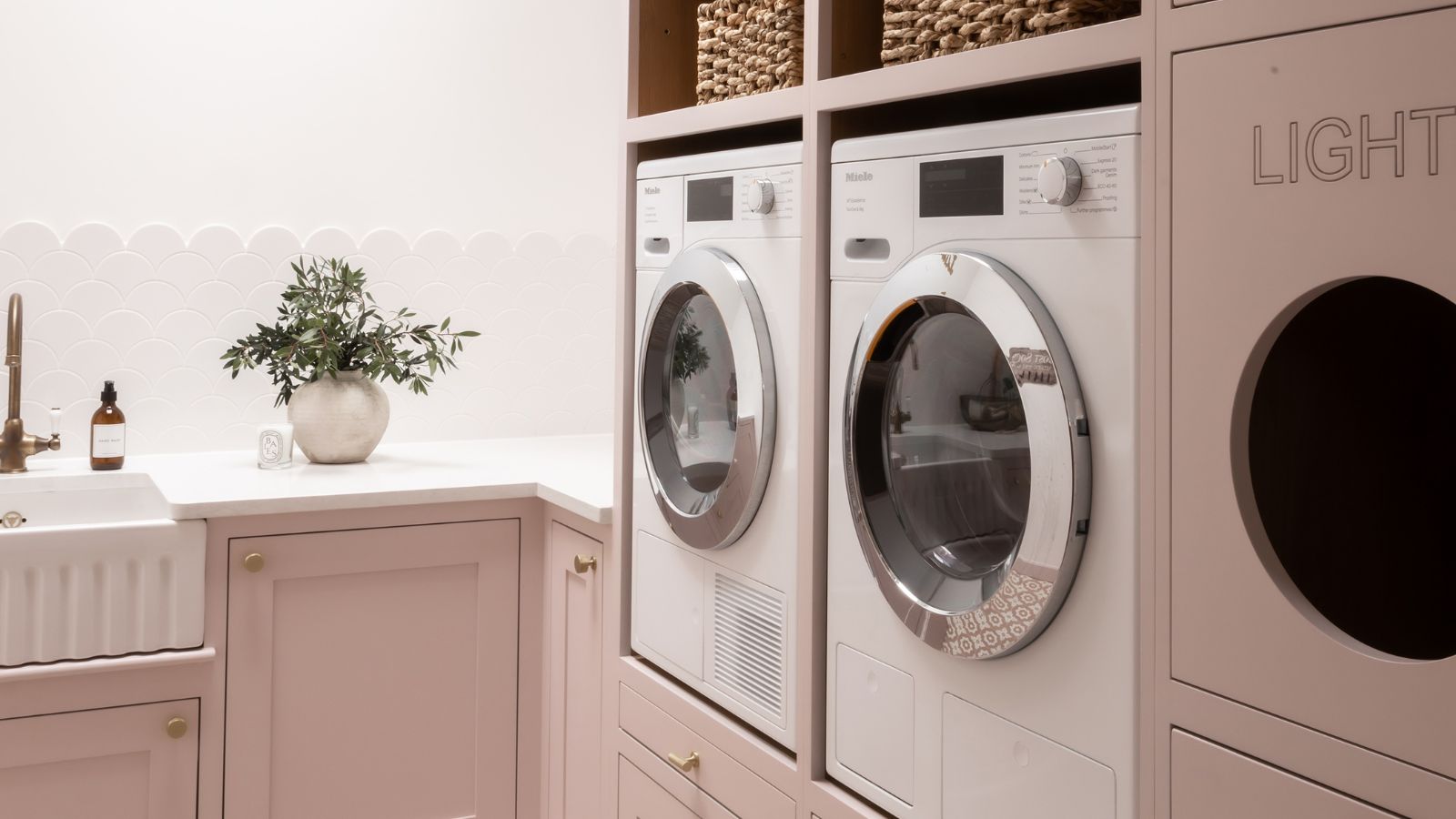 My cheap dehumidifier makes easy work of air drying laundry indoors despite the humidity of spring showers – get yours on sale for just $49 now
My cheap dehumidifier makes easy work of air drying laundry indoors despite the humidity of spring showers – get yours on sale for just $49 nowIt's useful for lots of things around my home
By Punteha van Terheyden Published
-
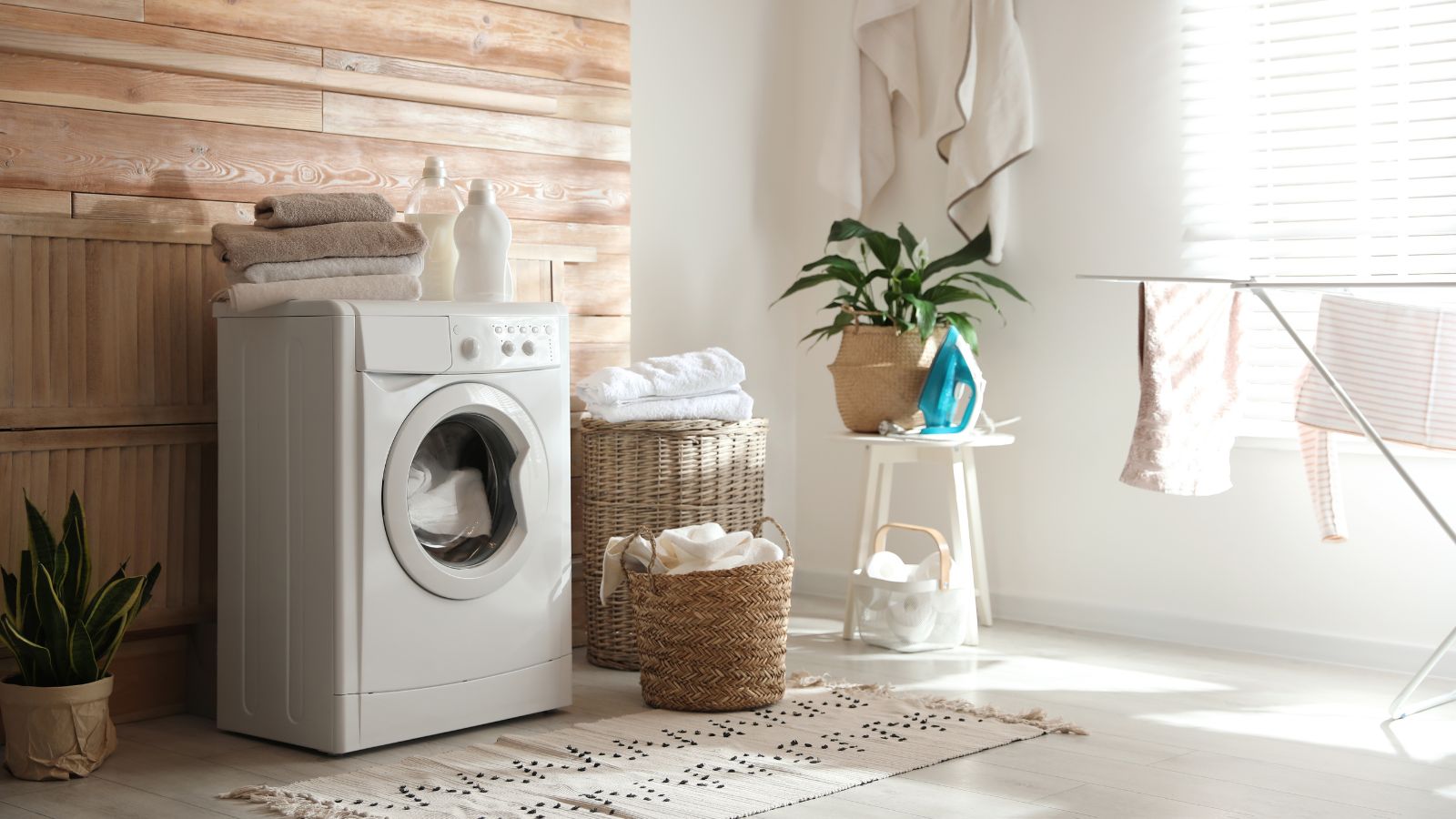 Looking for a natural laundry-softening alternative? I'm a professional cleaner and it's time to ditch synthetic ones for 5 non-toxic softeners that work
Looking for a natural laundry-softening alternative? I'm a professional cleaner and it's time to ditch synthetic ones for 5 non-toxic softeners that workRefresh your laundry routine with these fabric softener alternatives
By Karina Toner Published
-
 Unlock the magical mold-killing and stain-busting superpower of this humble household ingredient that costs just 50 cents
Unlock the magical mold-killing and stain-busting superpower of this humble household ingredient that costs just 50 centsIf you have aspirin in the house, you can use it to banish mold
By Ottilie Blackhall Published
-
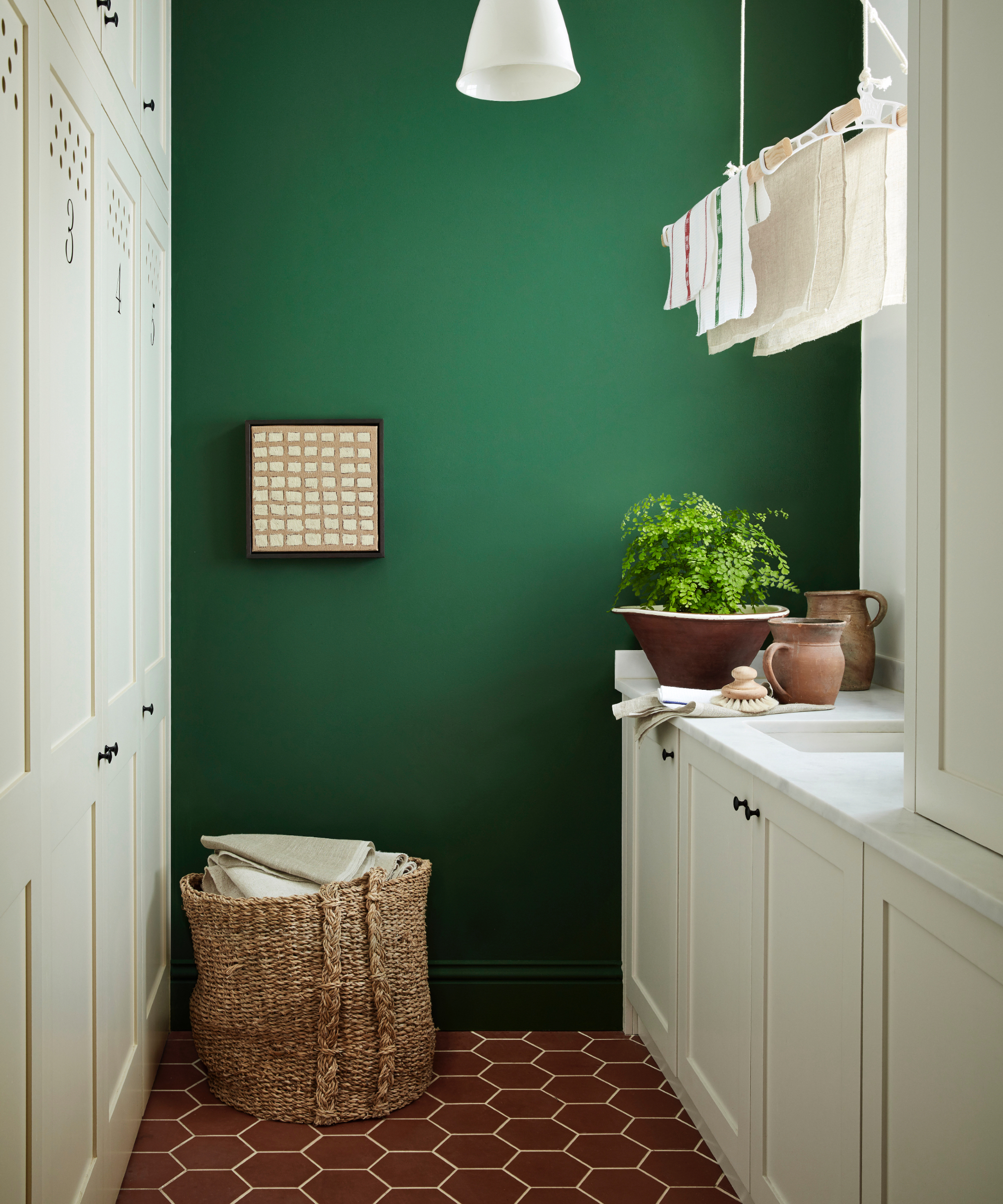 5 warning signs you're using the wrong amount of detergent – avoid greasy residue, stiff fabrics and skin issues with these simple cleaner-approved tips
5 warning signs you're using the wrong amount of detergent – avoid greasy residue, stiff fabrics and skin issues with these simple cleaner-approved tipsPlus, why it's important to get the amount just right
By Ottilie Blackhall Published
-
 6 ways to prevent mold and damp in bedrooms – expert solutions to maintain a safe sleep environment
6 ways to prevent mold and damp in bedrooms – expert solutions to maintain a safe sleep environmentDon't sleep on these six tips, experts urge
By Seraphina Di Mizzurati Published
-
 Using this button on your washing machine will cut your bills and help the planet
Using this button on your washing machine will cut your bills and help the planetA single switch can make a load of difference
By Chiana Dickson Published
-
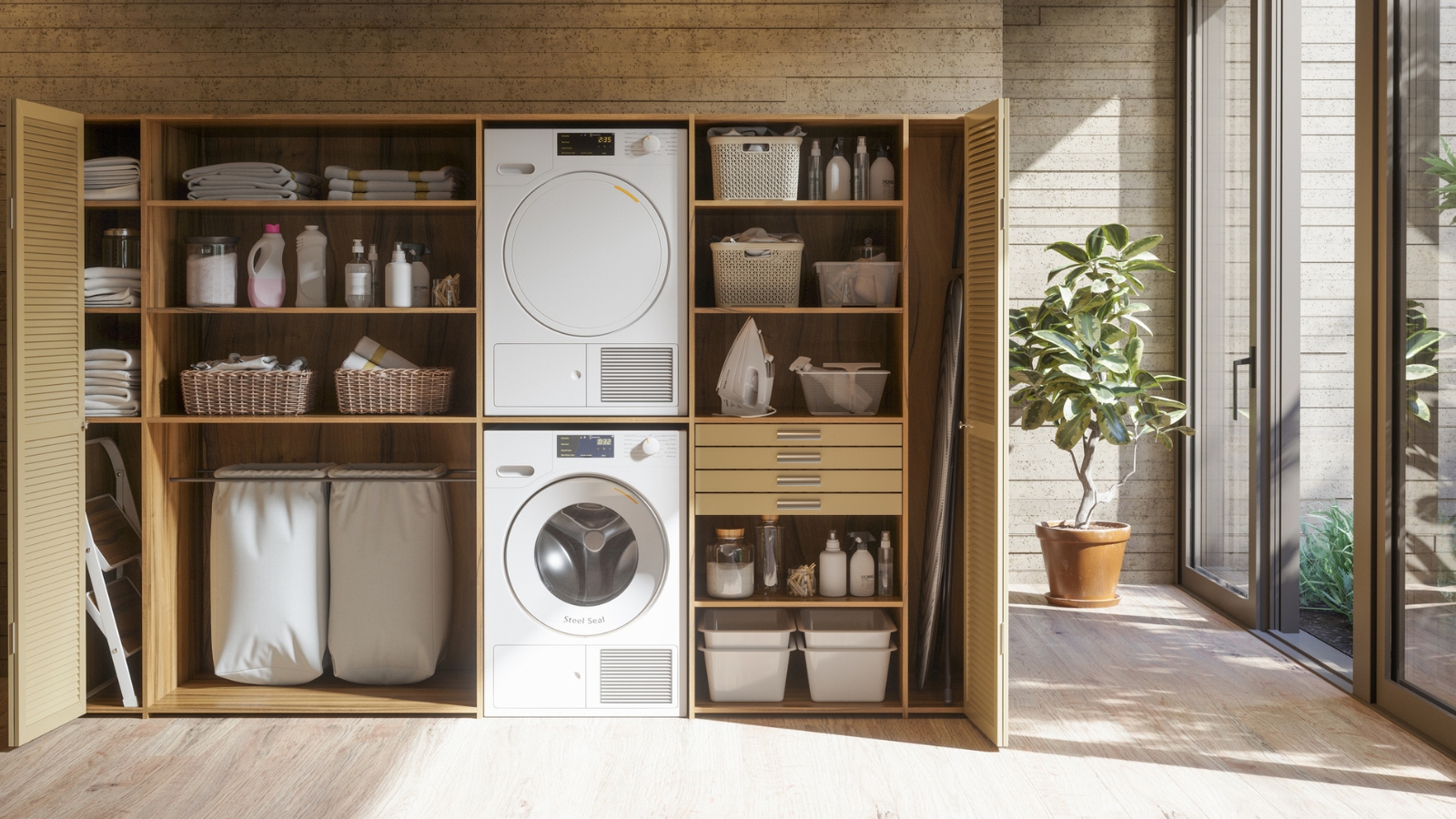 Experts reveal the 5 toxic items lurking in your laundry room – and what to swap them with for a healthier routine
Experts reveal the 5 toxic items lurking in your laundry room – and what to swap them with for a healthier routineFor a room focused on cleaning, some of its items can be surprisingly toxic
By Chiana Dickson Published
-
 7 laundry hacks experts swear by to make this endless chore simpler, cheaper and less taxing
7 laundry hacks experts swear by to make this endless chore simpler, cheaper and less taxingFrom laundry heroes worth the spend, to tweaking temperatures and beyond
By Chiana Dickson Published